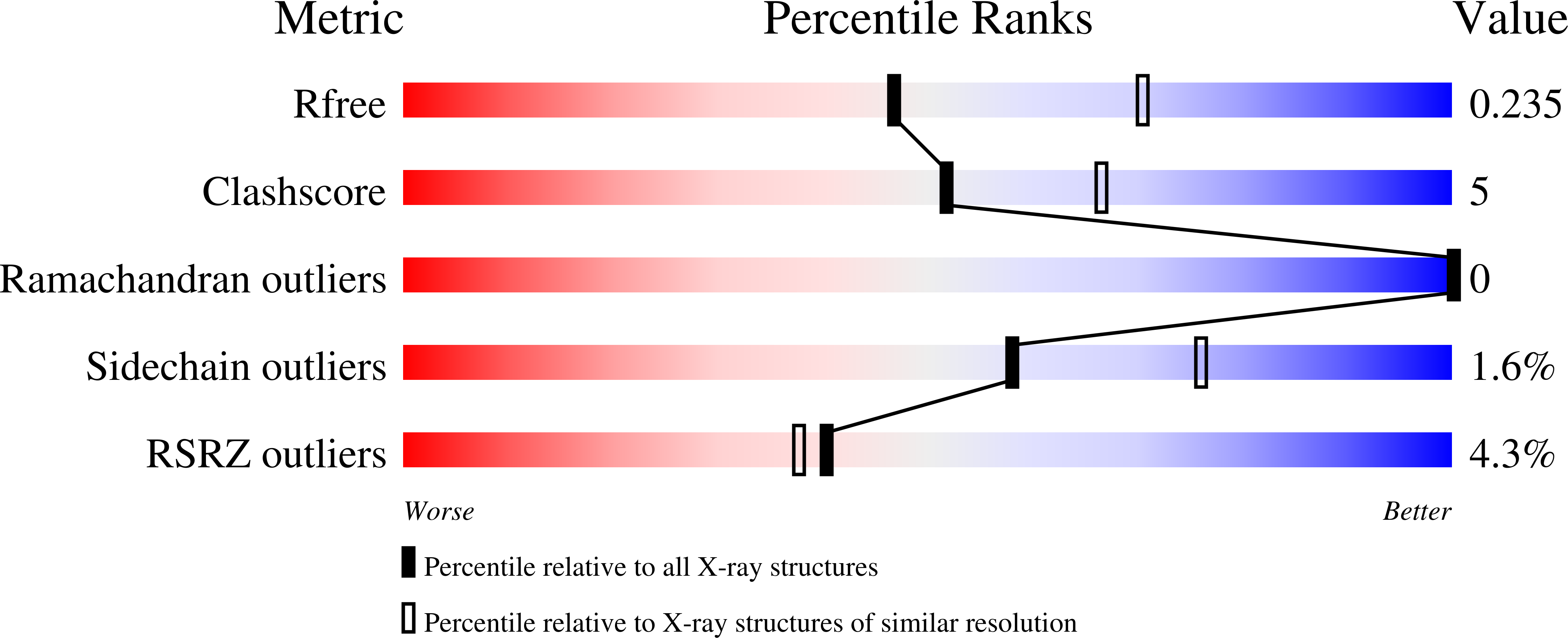
Deposition Date
2024-10-10
Release Date
2024-11-13
Last Version Date
2025-03-05
Entry Detail
PDB ID:
9DX6
Keywords:
Title:
Crystal structure of Plasmodium vivax (Palo Alto) PvAMA1 in complex with human Fab 826827
Biological Source:
Source Organism:
Plasmodium vivax (Taxon ID: 5855)
Homo sapiens (Taxon ID: 9606)
Homo sapiens (Taxon ID: 9606)
Host Organism:
Method Details:
Experimental Method:
Resolution:
2.40 Å
R-Value Free:
0.23
R-Value Work:
0.19
R-Value Observed:
0.19
Space Group:
C 1 2 1


